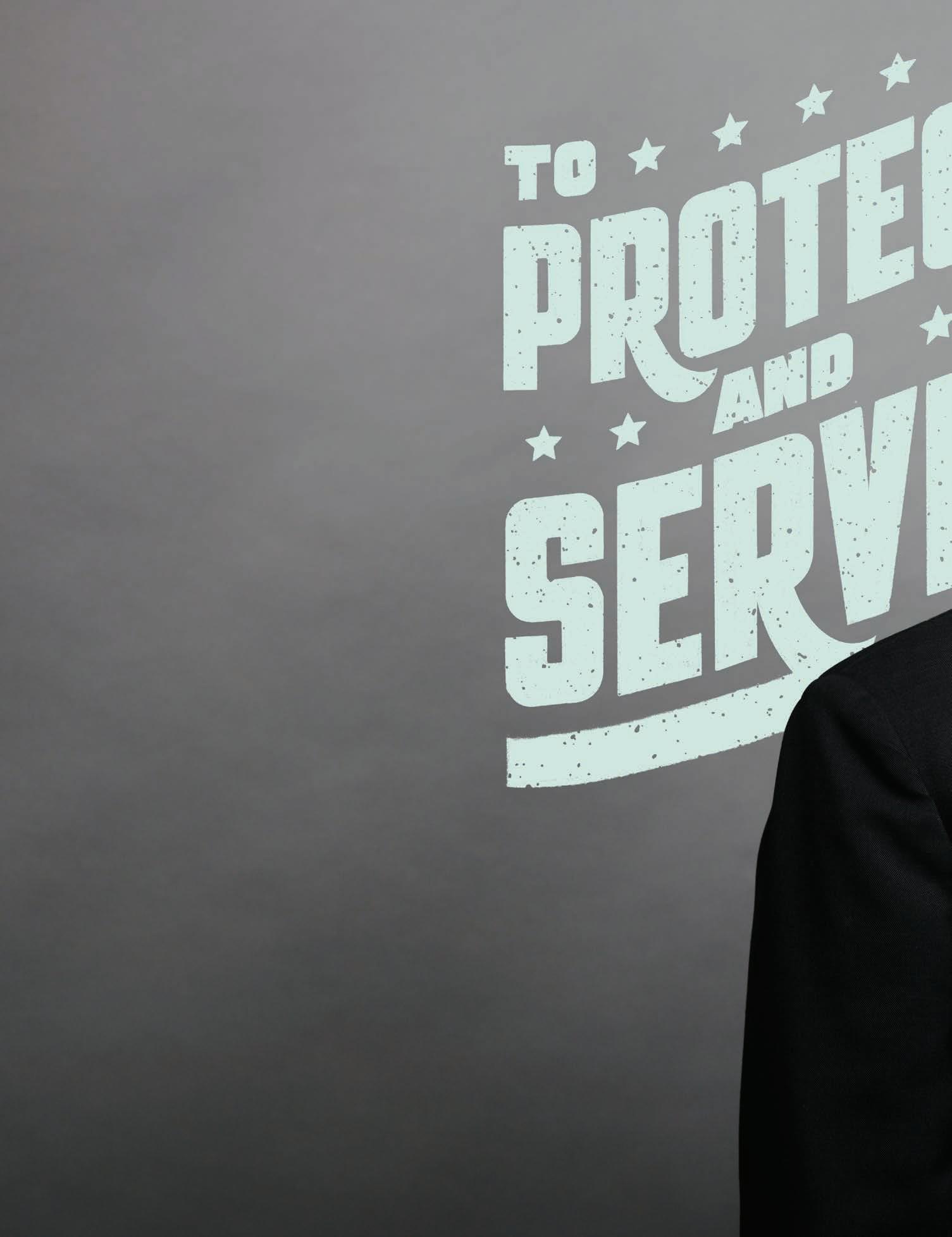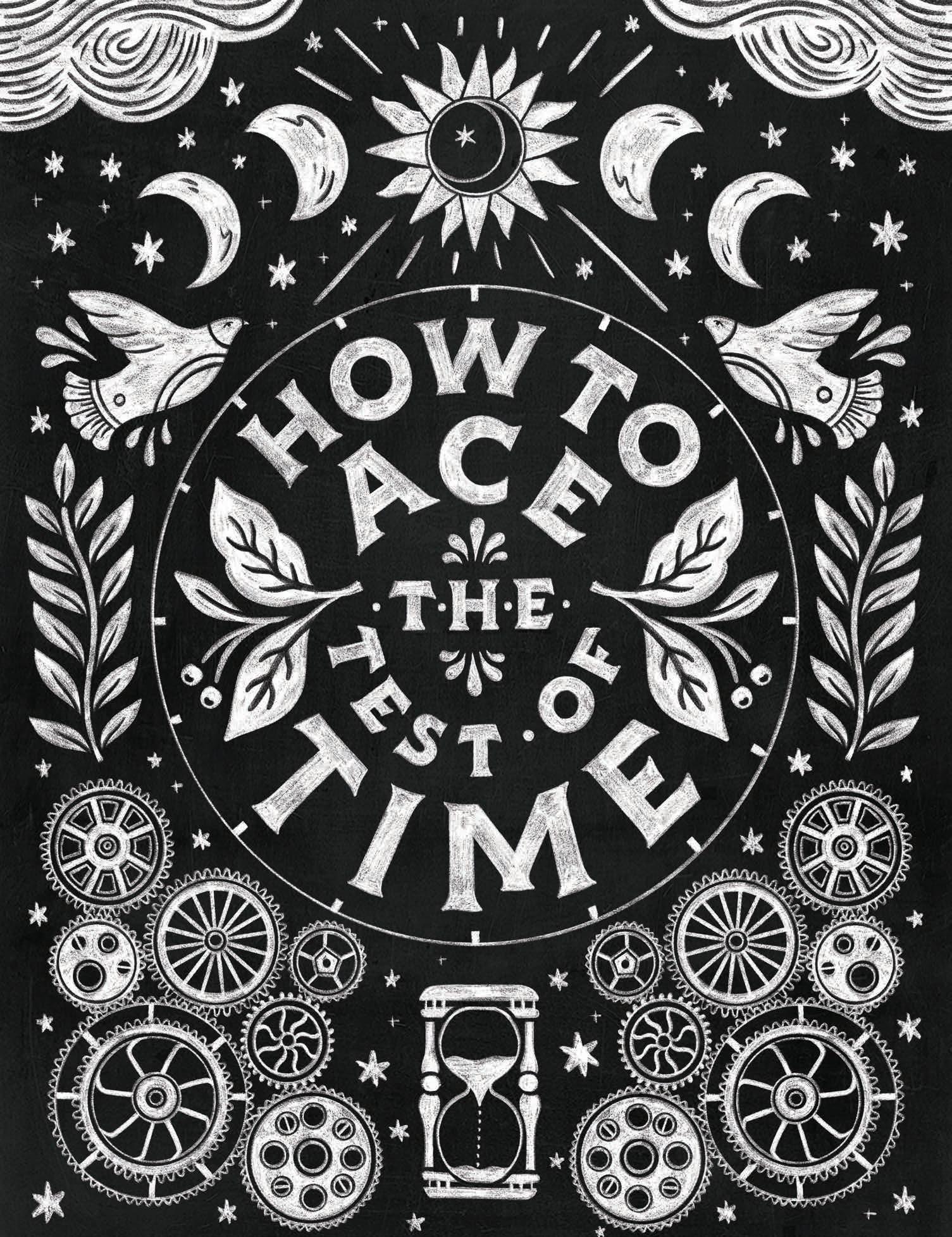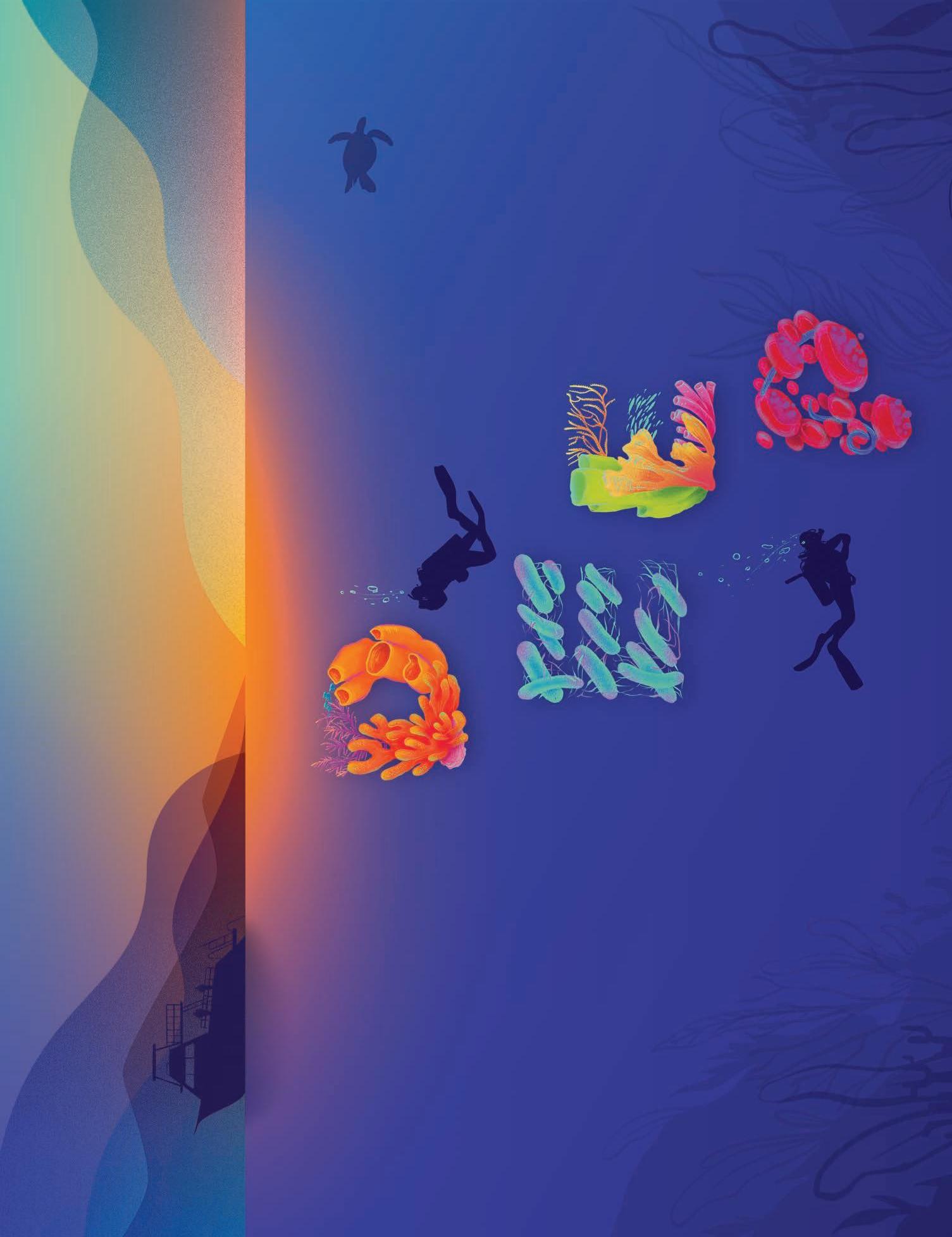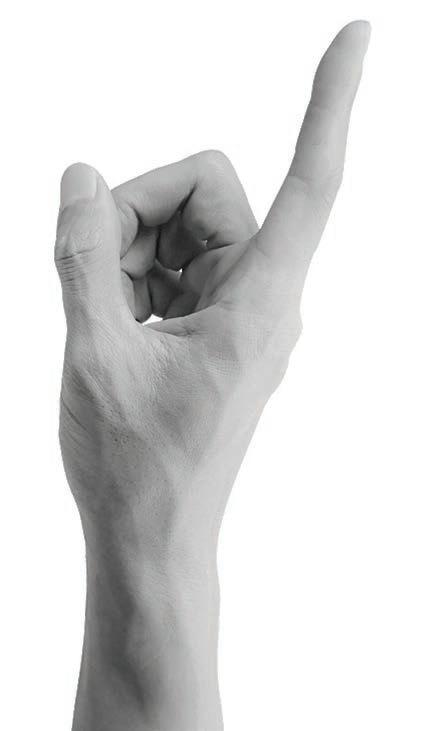
5 minute read
In Focus
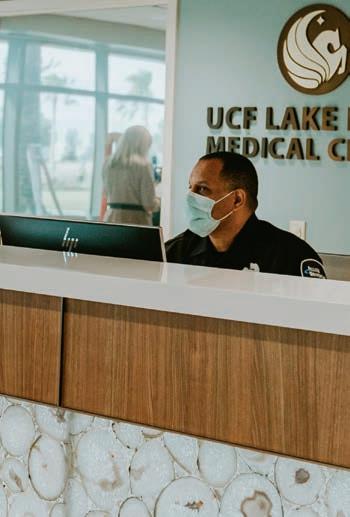
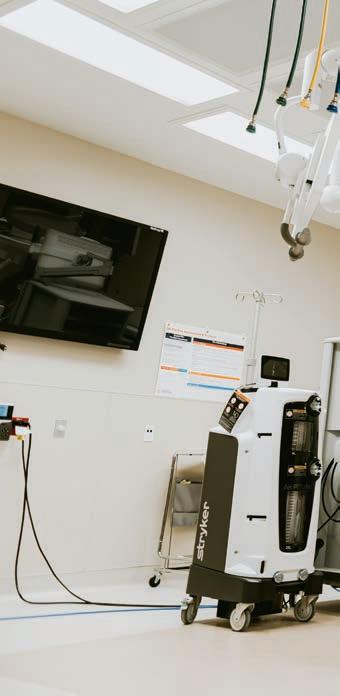
Advertisement
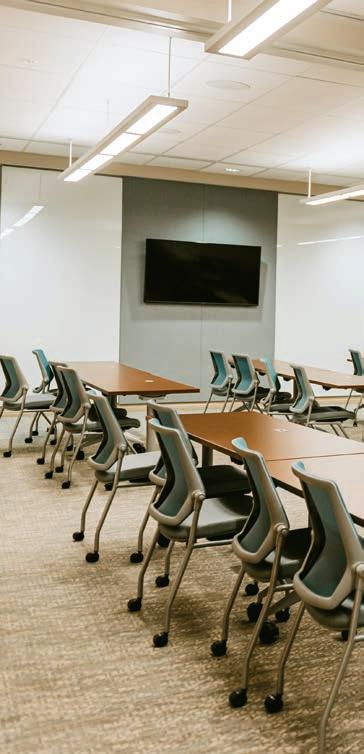
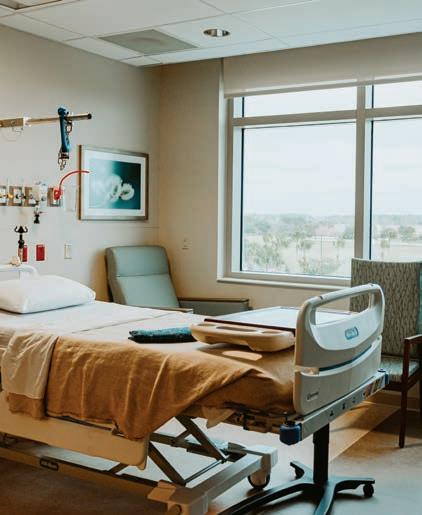
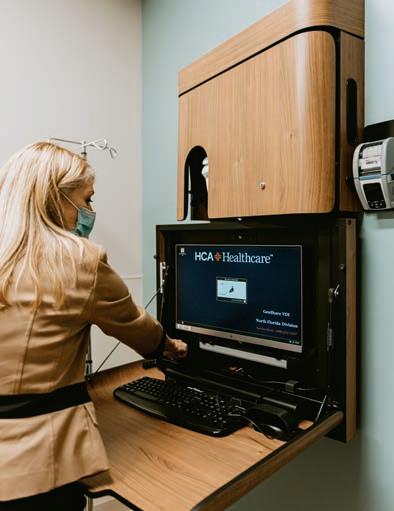
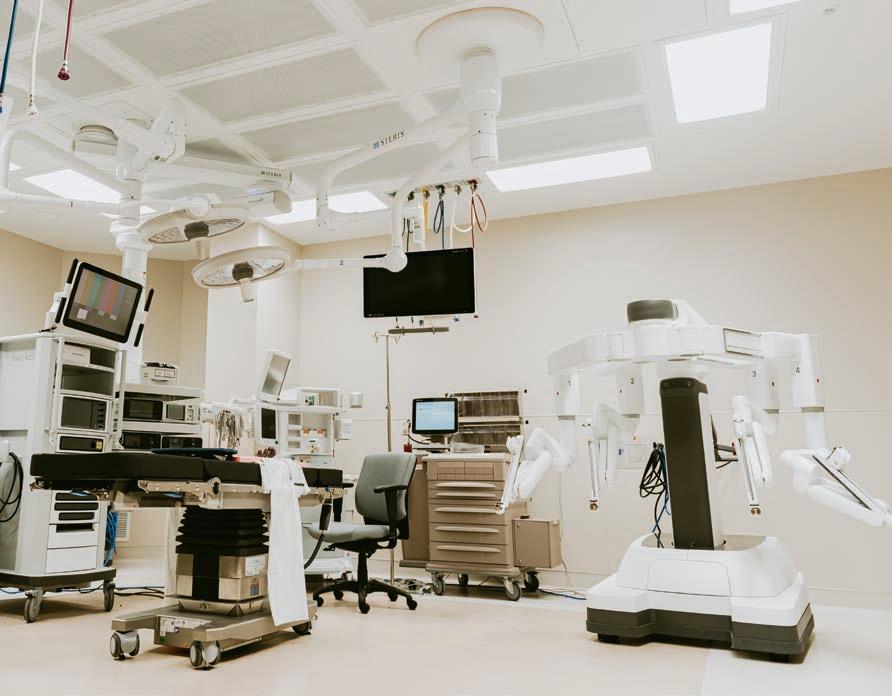
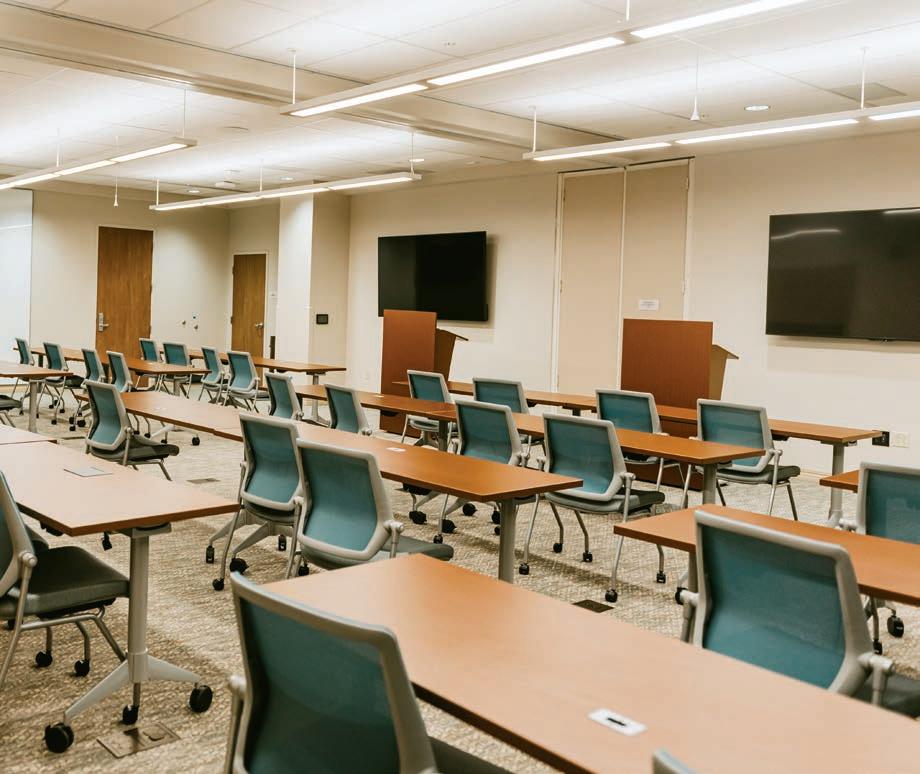
HEALTHCARE HUB
HCA Healthcare and UCF officially have a new hospital. From birthing suites to rooms created for geriatric patients, the UCF Lake Nona Medical Center is an acute-care teaching hospital designed with client comfort, efficiency and expansion in mind. Built in partnership with HCA Healthcare’s North Florida Division, the facility opened on March 1 and features plenty of natural light, state-of-the art-technology, and a layout that best supports quality care and patient safety. UCF medical students will also benefit from the residency-training program and clerkship-training opportunities conveniently available at the new 204,709-square-foot hospital.
— Wendy H. Brandon, chief executive officer for the UCF Lake Nona Medical Center
$175 million
Cost to build the hospital
$1.4 million
Estimated annual economic impact in local and state taxes — in addition to $13.8 million in charity care, uninsured discounts, and other uncompensated care
17,000+
Patients expected to be served in the first year
350
New jobs created by the hospital, including more than 250 physicians
64
Inpatient beds with the ability to expand to 80 beds in the current space. Future expansion will allow up to 500 beds.
6
Classrooms — two on each of the three floors — to facilitate learning opportunities for students
MOVEMENT MATTERS
Nearly six years ago, Ava Brown drove her first UCF Go Baby Go! car, and she is still racking up miles.
These days, however, she is walking — something her family never thought would happen.
Ava’s mother died before Ava was born, temporarily cutting off oxygen to her brain. Doctors weren’t sure how the damage would impact her long term.
Ava spent five weeks at St. Joseph’s Children’s Hospital in Tampa before going home to begin her long journey of healing, supported by a dedicated team of medical professionals.
Through a magazine article, Ava’s grandmother, Kay Bowman, learned about Go Baby Go!, an innovative program available at UCF that offers low-cost mobility solutions for children with disabilities.
Ava, now 7, was the first child to receive an adaptive car from UCF’s chapter, led by Assistant Professor of Physical Therapy Jennifer Tucker. She has since received several cars and therapy using the Go Baby Go! harness that helped her learn to walk unassisted.
“In the beginning, Ava could do nothing,” Bowman says. “What we see today with Ava is all because of UCF. It’s been a blessing.”
Now, UCF and St. Joe’s are partnering to help more children like Ava. A portable harness play structure has been installed in the hospital’s clinic, and UCF will help build customized cars for kids who are receiving rehab. Tucker will host a series of workshops for therapists about affordable mobility solutions for children.
Lauren Rosen, the program coordinator for the Motion Analysis Center at St. Joe’s, has collaborated with UCF on Go Baby Go! for many years.
“I’m very excited about this partnership,” Rosen says. “Through it, we will be able to provide more cars and more opportunities to play for our children.”
“Ava has no fear. Zero fear.”
— Jeremy Brown, Ava’s father
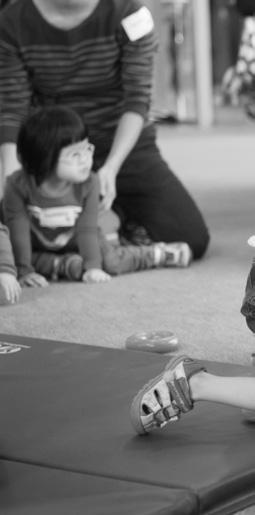
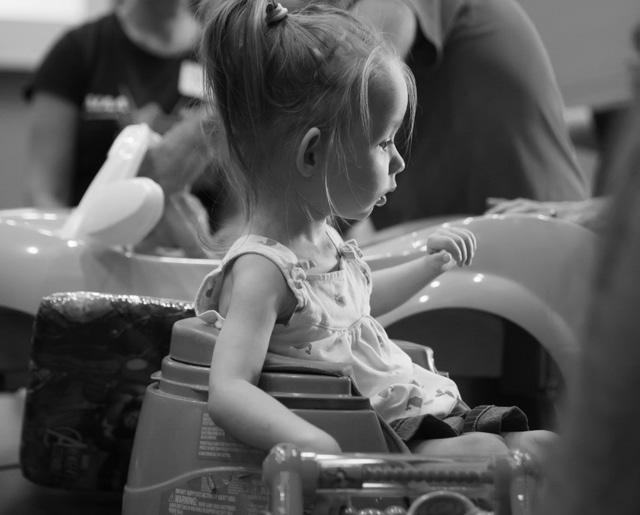


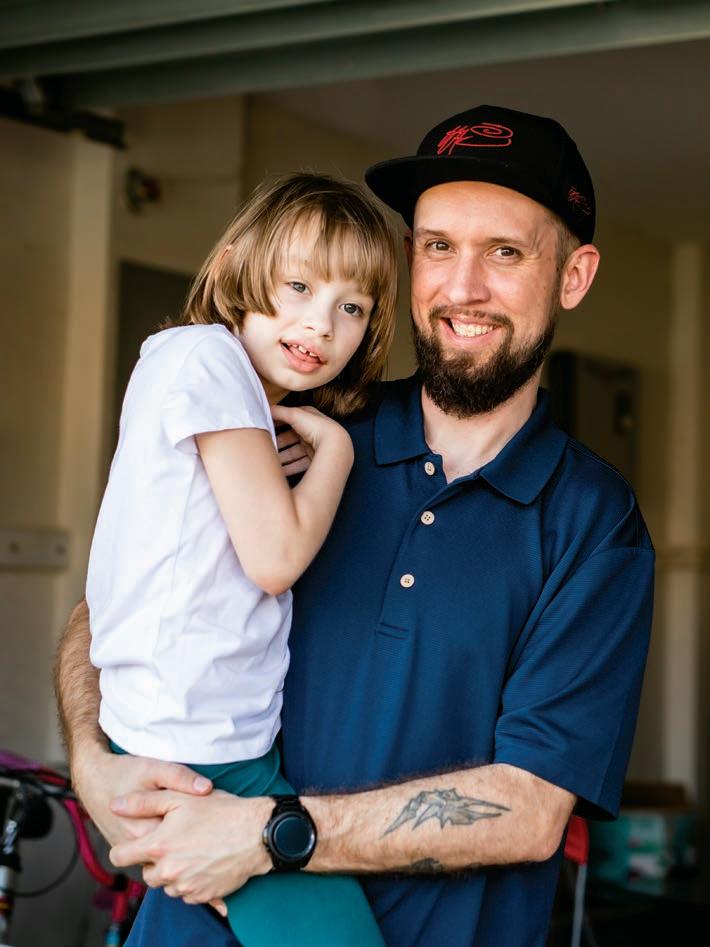
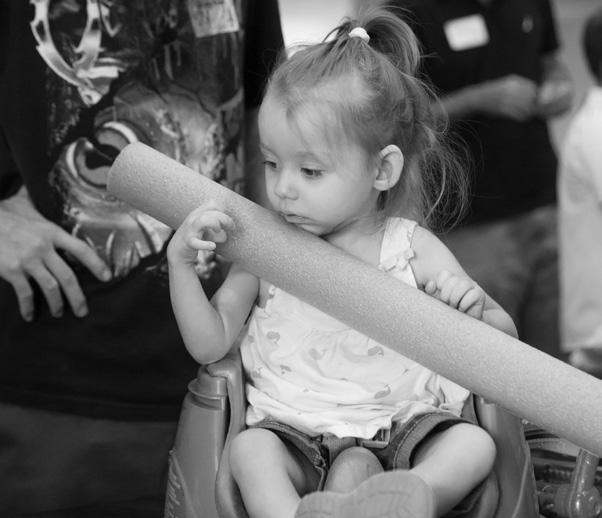
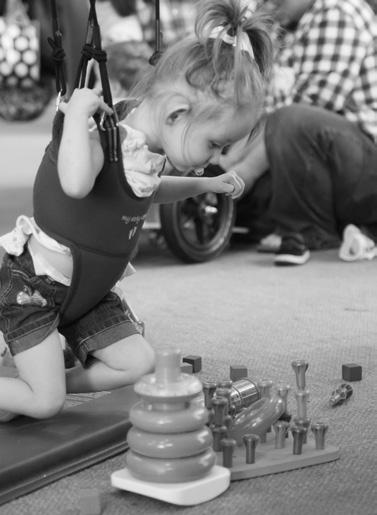
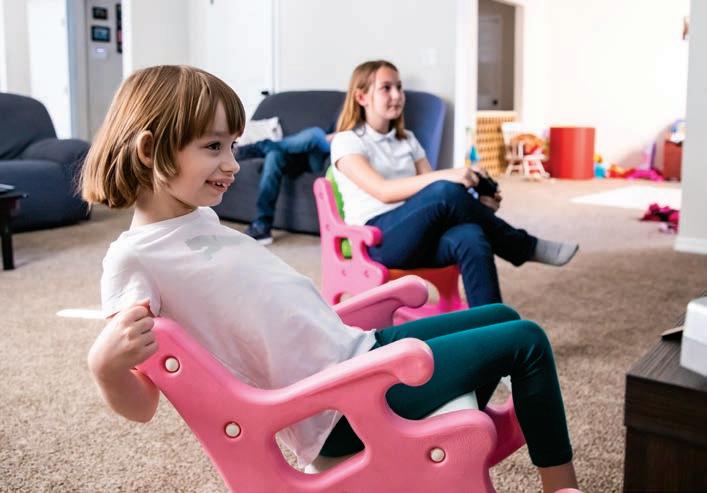

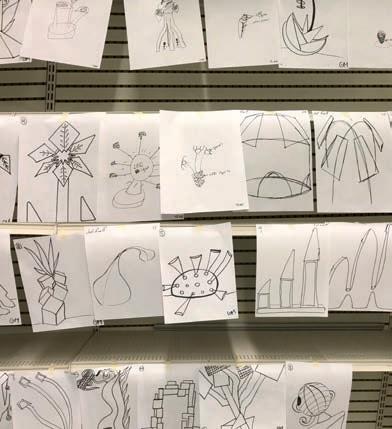
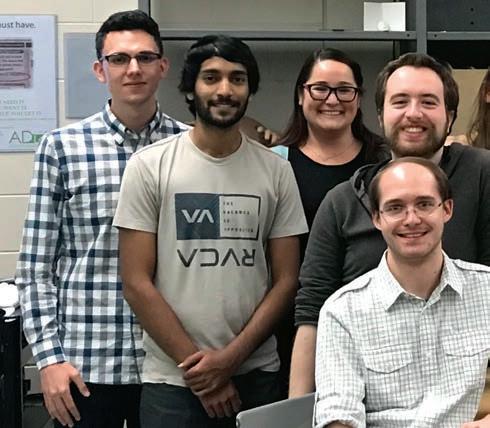
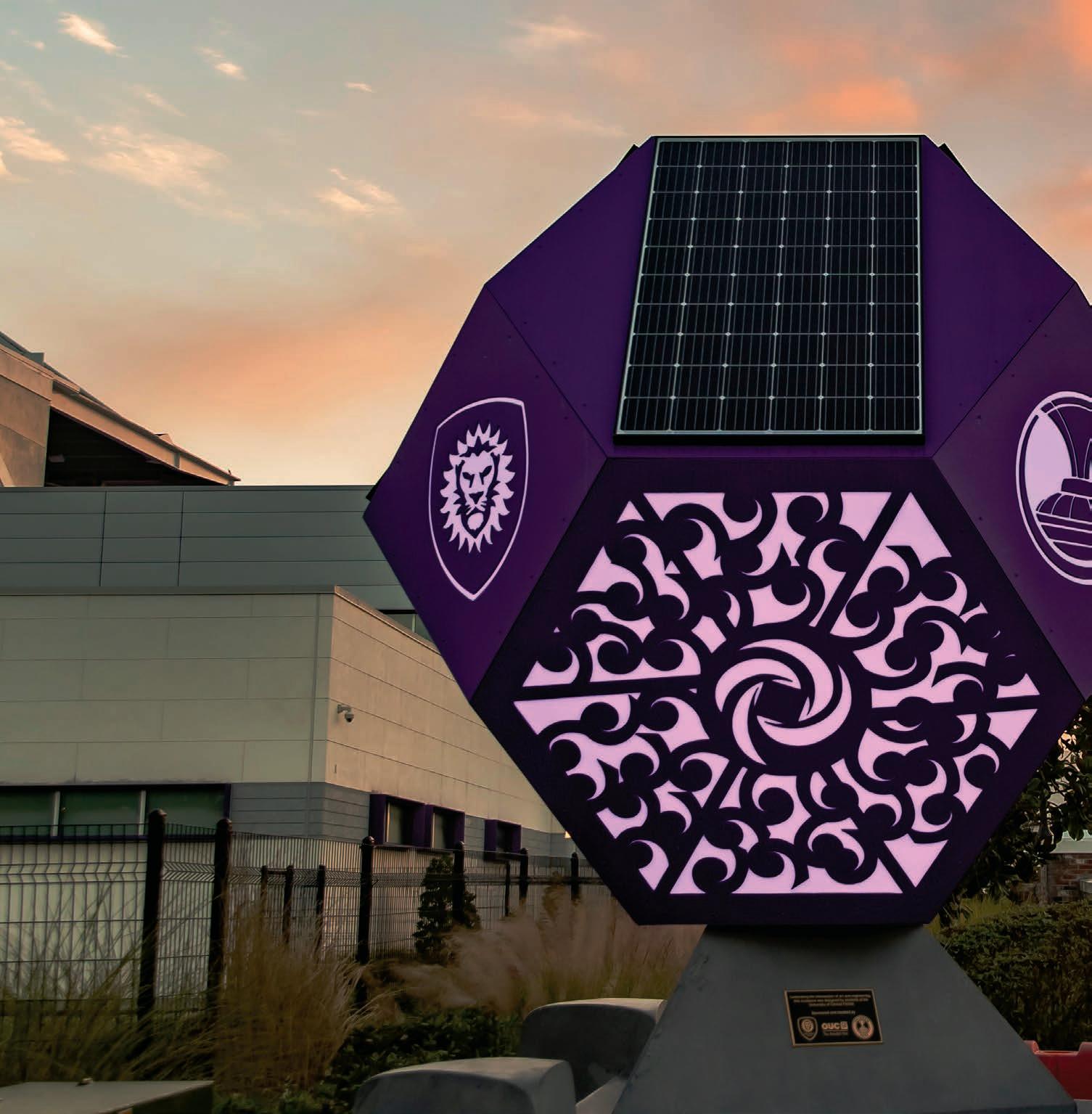
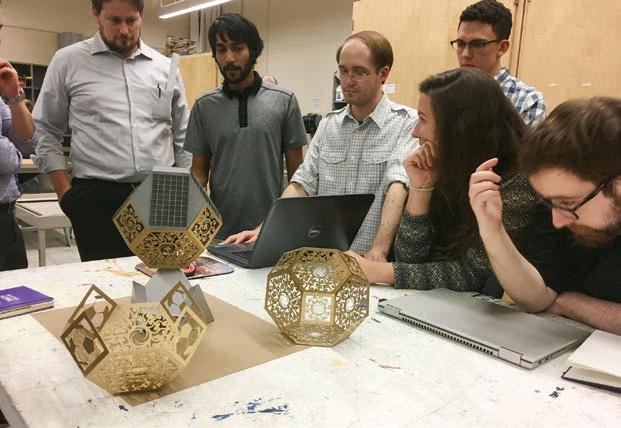

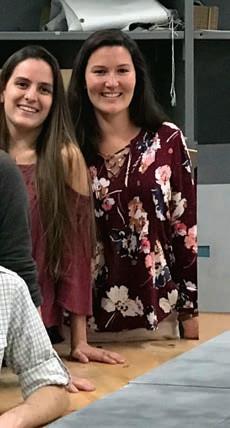
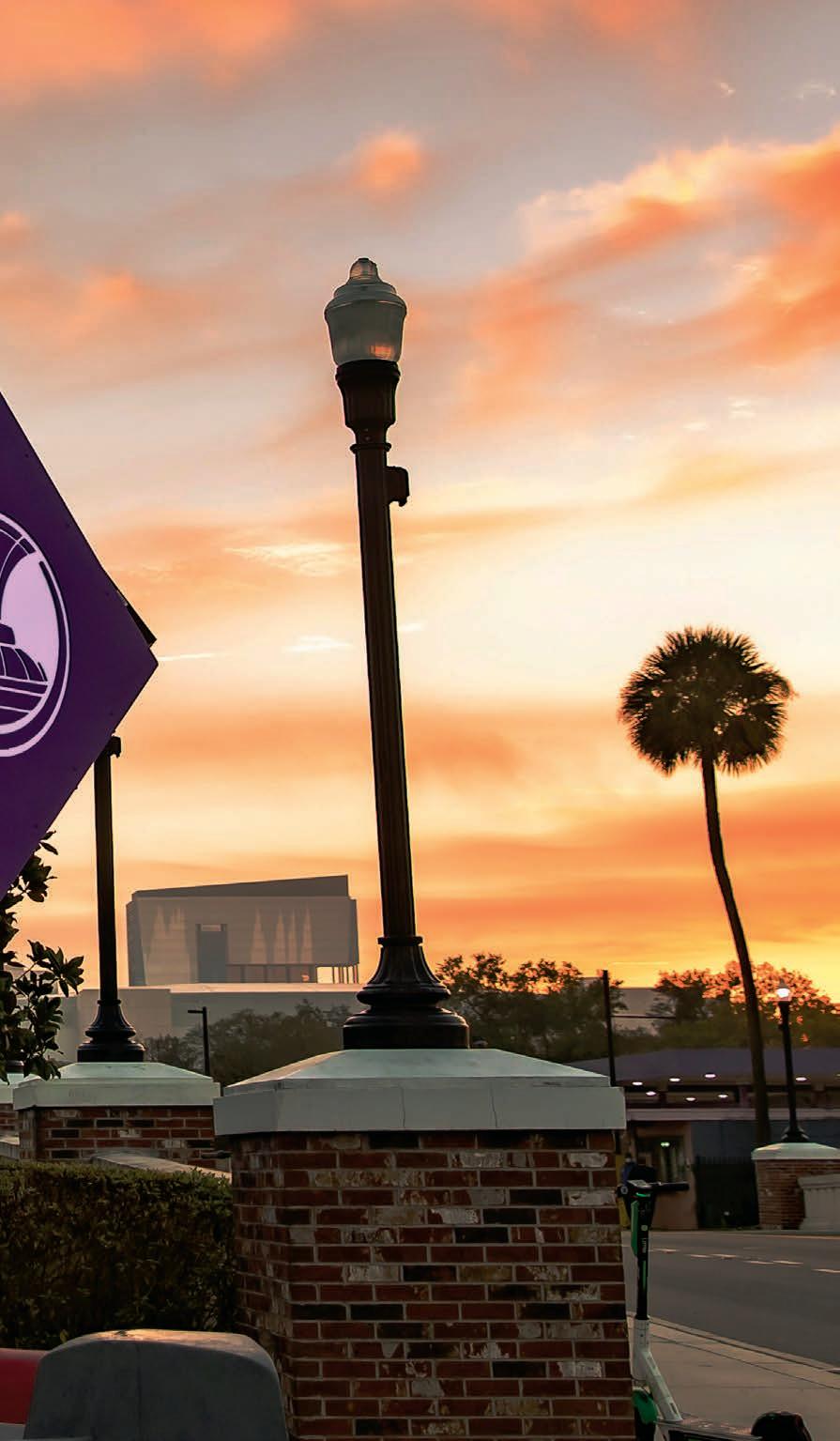
BUILT BY UCF
When the Orlando Utilities Commission posed a challenge in 2018 to conceptualize a sculpture that doubles as a source of clean energy for Exploria Stadium — the home of Orlando City and Orlando Pride soccer teams, UCF students answered the call. Art and engineering students in an Advanced Design Lab course collaborated on the winning sculpture, named Gyration, which was installed in November. For nearly two decades, the course has provided students with real-life experience working on projects for big-name companies, including Starbucks, Universal Orlando Resort and Guitar Center. Gyration’s four solar panels harvest enough energy during the day to not only power its LED lights at night but also infuse energy back into the city’s power grid.
— Kealey Keepers ’18
1,264
Kilowatt-hours produced annually, more than enough to offset an electric-vehicle charging station
53.5
Wattage the sculpture’s LED lights use daily
20
Year lifespan for each of the four solar panels before replacement is needed
14.5
Feet tall and 9.5 feet in diameter
11
Students with majors in studio art and mechanical and electrical engineering who worked on the project
0
Carbon output Gyration yields

